
In recent years, the presence of microplastics in human environments has become an increasingly concerning topic, extending its reach to the very beginnings of human life. Originally detected in four human placentas, the discovery marked the commencement of a troubling trend. Fast forward to the beginning of 2023, and the narrative deepened with findings of microplastics in 17 placentas. A subsequent study in Hawai'i, analyzing donated placentas from 2006 to 2021, underscored a significant rise in plastic contamination over time.
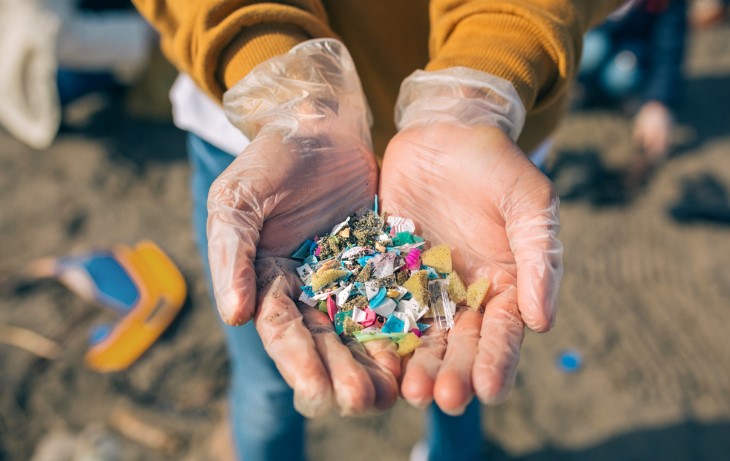
Now, researchers have analyzed an even larger sample, and guess what? Every. Single. Placenta. contained plastic.
Researchers employed a novel technique to scrutinize the largest collection of placenta samples to date, uncovering minuscule plastic particles and fibers in all 62 tissue samples examined. These microplastics varied in concentration significantly, ranging from 6.5 to 685 micrograms per gram of tissue—a level surpassing those found in human blood.
The full implications of this contamination for both fetal and maternal health remain unclear. Although studies on mice have identified microplastics in every major organ, including the brain, the permanence and potential health threats of these pollutants in humans are still under investigation.
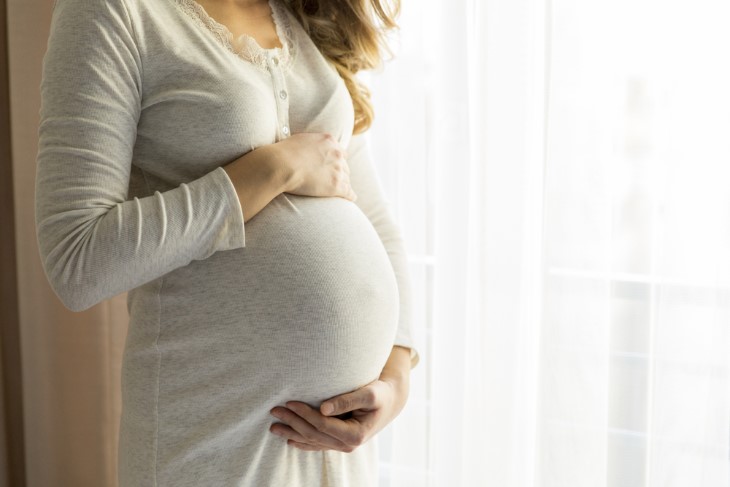
In other words, the scary part is that we have no idea what this means for babies or mothers. Microplastics are turning up in major organs of animals, even the brain! What if they build up in our bodies over time? It's clear that microplastic pollution is only getting worse, and that means more of it will end up in placentas.
"The more plastic there is, the more worried we should be," says biologist Matthew Campen. He's right – this could affect every mammal on Earth, and that's a truly terrifying thought.
As the prevalence of environmental plastic pollution escalates, so too does the risk of placenta contamination, given the increasing inhalation and ingestion of plastics by humans. The sentiment, "dose makes the poison," shared by biologist Matthew Campen from the University of New Mexico, highlights the growing concern over the potential health impacts as exposure levels rise. This scenario suggests a broader ecological concern, indicating that the effects of plastic pollution could extend across mammalian life on Earth.

Advancing the method of microplastic detection has been a pivotal area of research, aiming to quantify the mass of these pollutants and identify their specific types of plastic. This effort is crucial for assessing their health impacts. A breakthrough technique now allows for a high-resolution examination of plastics in human blood and tissue. It involves separating biological materials from plastic solids and analyzing the polymers to pinpoint their specific compounds.
We still have a lot of unanswered questions. What makes some placentas have way more plastic than others? Can these tiny particles even get from the placenta to the baby? More studies are urgently needed, because one thing's for sure – this pollution problem isn't going away on its own.
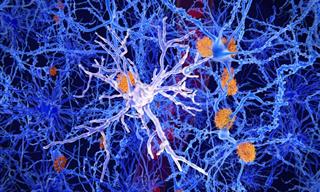
Autopsies Find New Culprit Causing Alzheimer's Disease
Recent research spearheaded by the University of Washington has shed new light on the role of microglia in Alzheimer's disease...

Supplement Linked to Dramatic Increase in Heart Failure
The research found that prolonged melatonin use is linked to a 90% increase in heart failure risk, a 3.5-fold higher risk of heart failure hospitalization.

This Study Shows Where People Need to Be Touched
Touching is vital for human development in children, and it's also vital for the strength of familial and romantic relationships. Learn more here.
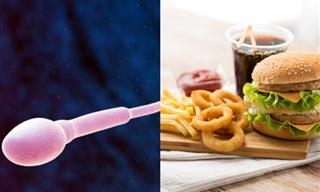
The Impact of Ultra-Processed Foods on Male Fertility
Emerging research suggests a significant concern: a diet dominated by these foods can also negatively affect male reproductive health and diminish sperm quality.
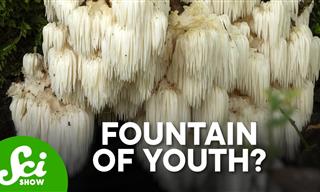 6:14
6:14
What (Non-Psychedelic) Mushrooms Can Do for Your Brain
Lion's mane mushrooms are memory-enhancing brain food! Learn the science behind them here.

Forget Apples! It's an Egg a Day That Keeps the Doc Away...
According to new research, it could actually be an egg a day that keeps the doctor away.Find out more here!

Ingrown Toenails – Myths, Facts, and How to Treat Them
Having an ingrown toenail can be an annoyance at best, and a dangerous medical condition at worst. Learn how to treat and prevent it.

Are Some Kinds of Coffee Posing a Health Risk?
Current study reveals which types of machine-brewed coffee raise cholesterol levels more than others.
 5:41
5:41
Suffer From Joint Pain? You Should Eat More Apple Peels
Could eating more apple peels reduce the effects of chronic joint pain? This video explains.
 11:58
11:58
5 Ways to Improve Your Lung Capacity
This enlightening video will teach you to breathe more effectively by teaching you 5 simple lessons.
 9:09
9:09
How to Improve Your Neck Posture in 30 Days
A forward head posture affects the alignment of the entire spine and may lead to neck pain and even headaches. Here's how to improve your neck posture.

Health Tip: What's Riskier, Sweet Drinks or Sweet Foods?
Why are sweet drinks more risky and harmful than sweet foods are?
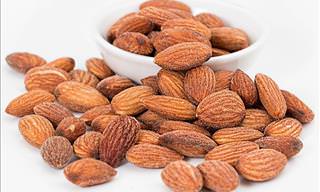 5:15
5:15
Studies Show You Can Improve Your Bone Health with Almonds
Osteoporosis is a common illness in the US. This video shows what happens to bone cells when blood is drawn before and four hours after almond consumption.

How 25% of Patients Managed to Prevent Diabetes
How long does it take to get rid of prediabetes, and how is it done? That's exactly what we'll answer in the following article.
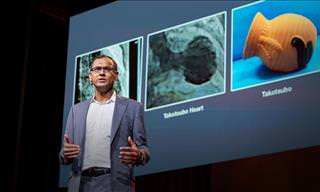 16:03
16:03
Anxiety and Grief Can Cause Profound Cardiac Injury
‘A broken heart’ is one expression we might want to take more literally. As thoroughly explained in this incredibly insightful lecture, the effects of heartbreak, as well as other emotions, both positive and negative, all leave a very real, physical

Cognitive Shuffle: A Trick to Prepare Your Brain for Sleep
A detailed look at what the cognitive shuffle is, how it works, and who can benefit from it, based on insights from its creator and a clinical sleep psychologist.
 4:01
4:01
Doctor Tip: How to Drain Sinus and Clear Nose in 1 Move!
This doctor has a genius routine for draining your sinuses while also clearing your nose.
 17:25
17:25
Chair Yoga: a Complete At Home Video Practice
This is a complete 17-minute beginner friendly yoga sequence suitable for all ages you can do on your chair.
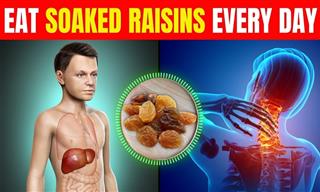 8:56
8:56
Start Soaking Raisins! Here’s Why It’s Worth It
Start your day with soaked raisins for multiple health benefits.
 5:01
5:01
How to Balance the Damage from Eating Refined Carbs
Refined carbs can cause some serious health effects. This is what you should do to balance the damage.
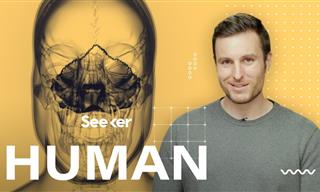 5:10
5:10
Why Are Humans SO Prone to Sinus Infections?
Sinus infections are more common in humans than in any animal species, but why? A strange biological quirk may be to blame...
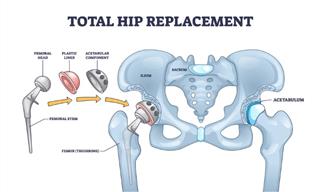
Medical Guide: All About Hip Replacement Surgery
Hip replacement surgery can alleviate pain, restore hip function, and improve mobility and quality of life.
 13:39
13:39
Yoga Your Way to a Healthier Heart: Simple Steps
These simple yoga poses boost heart health.
 7:10
7:10
Guide: How to Set Achievable Health Goals for the New Year
Here's a guide on how to set meaningful health goals for 2025.
 6:09
6:09
The Strange Unexpected Reasons Why Seniors Wake Up Earlier
It's NOT a myth, seniors often do get up much earlier in the morning than younger people, and this video explains why this might be happening...
 4:19
4:19
Which Is Better for You: Brown or White Eggs?
Are brown eggs really healthier than white eggs? Let’s find out.
 15:36
15:36
A Simple Workout for Joint Pain and Cardiovascular Health
If you aren't as mobile as you used to be, this video is for you.
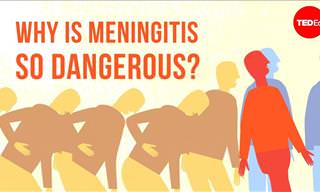 4:54
4:54
Why Is Meningitis So Dangerous to Us?
Meningitis is one of the most terrifying diseases out there, but why is that?
 2:06
2:06
9 Handy Body Tricks That You Will Use Again and Again!
Got a stuffy nose? Can't calm your urge to pee? Finding difficulty sneezing? Your body can save you if you know these 9 tricks!
 5:22
5:22
The Insane Objects Doctors Remove From Our Bodies
you're about to find out for yourself just how crazy the kind of objects doctors pull out of people are.

Learn Three Exercises to Reduce Anxiety and PTSD
Learn 3 simple exercises to deal with those moments when your anxiety gets too "loud" and you need a coping mechanism.

6 Pressure Points to Ease Knee Pain Naturally
you can reduce pain caused by osteoarthritis, bursitis, tendonitis, and injuries to cartilage and ligaments using the following 6 pressure points.
 4:11
4:11
Is Kidney Disease the Hidden Cause of Your Back Pain?
Is your back pain actually a cause of some kidney disease?

What’s the Best Way to Remove Skin Tags?
What is the best and safest way to remove skin tags?
 8:16
8:16
10 Liver Cleansing Foods You Must Eat Everyday
Take note of these amazing foods that are scientifically proved to detoxify your liver.
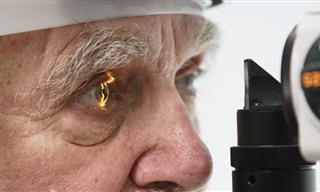
Age-Related Macular Degeneration: How to Treat It
The diagnostic methods, the importance of early detection, and new treatments that are changing how we manage this disease
 5:35
5:35
The Real Cause of Stomach Ulcers Will Surprise You!
It’s a common misconception that stomach ulcers are caused by emotional upsets, spicy food, or psychological distress. But this is not the case...
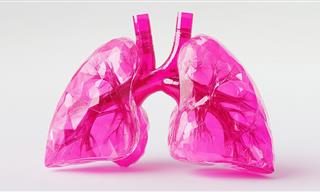
12 Things that Harm Your Lungs as Much as Smoking
To protect your lungs, it is recommended to familiarize yourself with 12 factors that harm them and learn how to protect yourself.
 10:21
10:21
See How Germs Spread With Your Own Eyes
If you need to see it to believe it - this visual demonstration of how germs spread is for you!
 10:30
10:30
Tired of Having Achy Knees? Try These Exercises
These simple traction exercises relieve pressure and pain in the knee by literally pulling and creating space in your joints.
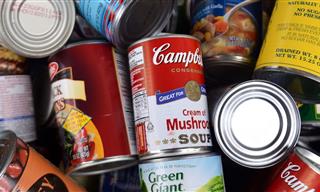 5:49
5:49
Avoid These Common Mistakes When Buying Canned Foods
Before you buy your next lot of canned foods, make sure you watch this video...

How Your Nutritional Needs Change as You Get Older
How your nutritional requirements change with age — and what you can do about it.

What to Do When You’ve Eaten Way Too Much Sugar
Feeling tired and sluggish after eating something sweet? Here's how to undo the negative short-term and long-term effects of sugar on your health.
 14:38
14:38
Surprising Symptoms of Poor Digestion You Didn't Know
Understanding these signs can help you take the right steps toward better gut health.
 10:23
10:23
These True Body Facts Will Certainly Amaze You
Watch this informative video to find out some amazing and unique facts about the human body that you didn't know yet.
To enable your Ad-Free Subscription, please fill the fields below
Your subscription was successful, now you can enjoy an ad-free experience!! Note: To make sure you get no ads, please make sure to log in to your account. If you are logged in already, then refresh the page. The subscription can be cancelled at any time.


